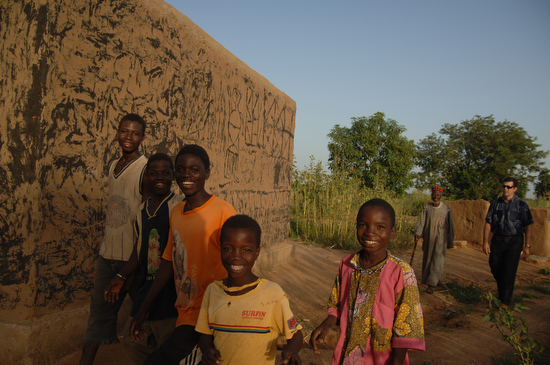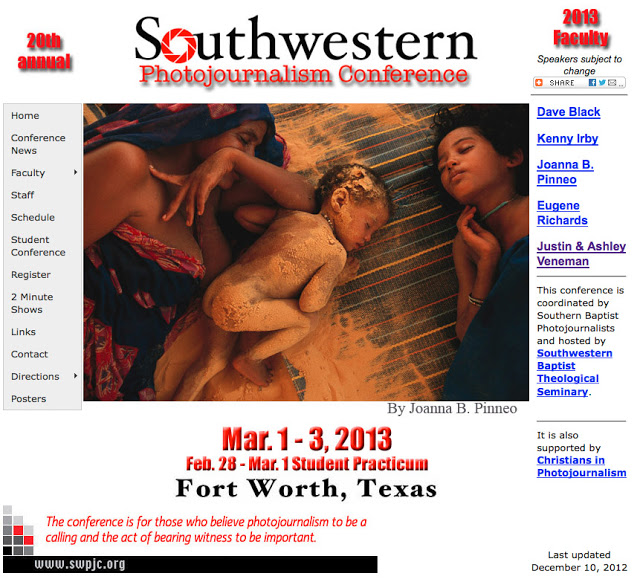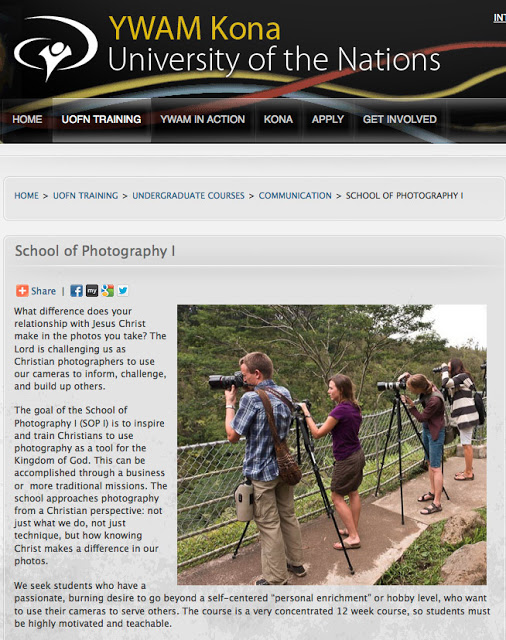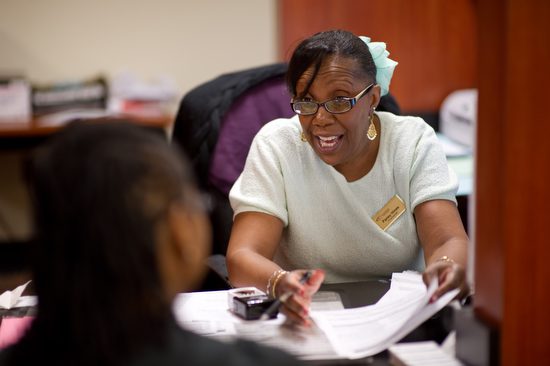 |
| The energy you exude has a lot to do with the jobs. Smile, laugh and be positive in your interactions and you will find clients will seek you out. |
As a visual consultant for companies I am occasionally hiring photographers as well as shooting. I can tell you hiring photographers to shoot jobs has been one of the best experiences.
I wish I could have had this experience earlier in my career and I think I would have been better at negotiating.
Disclaimer: I am not the expert on this, but what I am sharing is my perspective and may help you working with other clients.
Who do I hire most often and why?
The first person I call is capable of doing the job and I enjoy working with them. Often this would be a good friend who I know can not only deliver, but will carry themselves in a way that all those they come in contact with will be pleased.
My database of photographers:
Friends – They call, email, Facebook and in general we keep in touch. The key here is I hear from them as much if not more than I am contacting them.
Acquaintances – Photographers who I have met and seen their work. Many of these people have been to the Southwestern Photojournalism Conference that I help staff each year. Many others I have met at ASMP, NPPA and the Atlanta Photojournalism Conference. There are still others I have met while shooting events for news services.
Friend of a friend – I like to think of these as blessed by people I trust. I need a photographer in a city and I don’t have connections to anyone there, but my friends do. Linkedin refers to these people as in your “network.” So while I have 1,224 connections on Linkedin I have 26,373 people in my “network.”
Photographers I think who do this well
Ken Touchton – Ken’s number one way of connecting is the telephone. I learned that on Sunday nights that Ken makes a list of those people he needs to contact this week. He will call 5 new people and then he has a list of his clients that he will call that week to touch base. When Ken calls he picks up where the conversation left off. How’s was your kid’s soccer game? How did your meeting go? 90% of the conversation is about how I am doing in life and only 10% is about business. Those questions are usually what are you working on. Ken’s customers are often telling him they love hiring him because when he shows up he always has a smile.

Esther Havens – Twitter and Facebook are her ways of reaching out and she is touching base with so many people. She shares her life with her friends through Facebook and connects to the rest of the world with Twitter. Her content is so cool that people are sharing it with their friends and so on. She has 4, 411 friends on Facebook and 9,450 followers on Twitter. The girl is well connected.
Here is a typical tweet from Esther: The September Campaign hit its goal and 26,000 people in Rwanda will soon drink clean water http://charitywater.org/september http://instagr.am/p/Svzj_GGhF8/
Billy Calzada – Just always greets me with a smile in person and on the phone. Yes your smile shows on a phone. I always feel like I am talking to a good friend whenever I call Billy. He always wants to help. He is a great negotiator as well. His way of negotiating is low key and asking if he can do something. He doesn’t tell you he needs something. To me he is really asking the same thing, but the attitude makes you want to help the guy. You need to just meet Billy and you will know what I am talking about. Everyone seems to like Billy.
These are just three photographers I think who create an atmosphere around them that makes you want to work with them. By the way not one of them is working for free or cheap these days. All three of them are making a living and have for many years as photographers.
How to answer the phone
After calling around the country and talking to many photographers the past few weeks for a project I am working on I have some tips for how to answer the phone for a job.
First sound excited to be talking with them. As they tell you about the job, even if you will turn it down sound excited about their project.
Be careful not to jump to quickly to the calendar. Yes you will need to see if you are available and you do need to get to this point right away to see if you can do the job, but remember you are also auditioning for future jobs and not just this one.
If you are available communicate it like you just won something verses a flat response. Remember it isn’t the words you choose, but how you say it. You can say, “I am available” and sound excited or disappointed.
If you are not available also communicate with emotion your disappointment. “I am sorry I am booked, would you like me to get you someone for you?,” is an appropriate response.
Negotiating price. No customer needs to hear about your Cost-of-Doing-Business. If they communicate a lower price than you hoped for, it is OK to respond with disappointment. However, do this in moderation.
You can say, “The rate is lower than what I normally get for this type of job. Do you mind paying for mileage in addition?” They can respond one of three ways: 1) Yes; 2) No or 3) Maybe or a little hesitation. The last response is where you really need to listen for tone. Do they feel backed into a corner or something else? Give them time to respond.
Be careful at this point and if you negotiate farther to get them to come up don’t push it too far. Know your client at this point. Some clients may expect a little more back and forth, but some find this a turnoff. Know which type of client you have. After going to junior high and high school in New Jersey I can tell you they negotiate a lot different than where I was born in North Carolina. Know the culture of the person you are negotiating with and you have better chance.
If they cannot move on the price this is where you must make a choice—accept the job or turn down the job. If you take it—do the job with the same upbeat attitude as if you got the price you wanted.
Ask clarifying questions to be sure you know exactly how they want this shot. Be sure you understand their concept. Ask them to send examples if you are unclear. Offer an idea or two to see if it is OK for you to try something for them.
How not to answer the phone
Answering the phone with an attitude of let me wait and see. Let me hear about your project and then I will respond if I like it or think it stinks. This comes across even if they cannot see you.
Don’t turn your negotiation into a lecture on how low their prices are for the market.
Don’t ask whose crazy idea was this to shoot it this way. You could offer some ideas and see if they are interested, but if they don’t bite on your idea, be careful that you are not communicating you have better ideas than the one they are giving to you.
If you don’t ask any clarifying questions you can communicate you know it all or are not very attentive.
It boils down to just one thing
Do everything you can to develop a friendship with those you want to work with.
Now if you are having a hard time wanting to do this, then it is time to market yourself until you find those clients you want to become friends with. After all wouldn’t the dream job be working with friends?
As you can see by my go to list, I work from friends to acquaintances to my larger network. I am sure most everyone else works in a similar fashion. You will not become best of friends with all those who hire you, but at least move from the fringes of their network to an acquaintance.















































